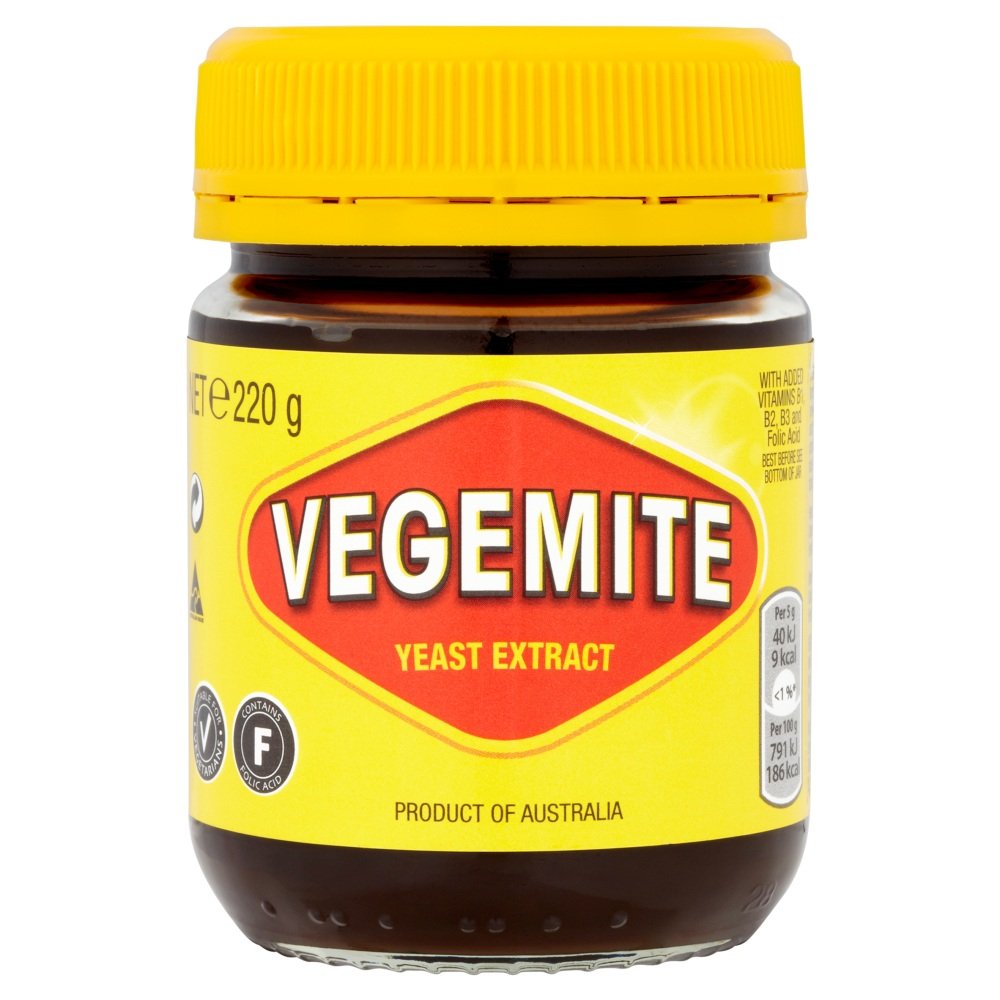It was a 30 year old Frigidaire that we’ve had repaired before. It died mid-cycle so I had to empty the drum by hand and wring out the freezing cold wet clothes to toss them in the dryer. I’ve got a floor drain in the basement close by so it wasn’t too bad.
The wife okayed a Speed Queen as a replacement, so I went to the appliance store and ordered one. Should be here in a week.


Do you happen to have the stl on hand? There might be room to improve the design to be more durable.
You printed in PLA, I assume?
Yup! I still have the STL. And the OpenSCAD file I used to create the STL. Just because it was relevant, I went ahead and published it just now.
The place where it always broke was right where the hexagonal part met the part that goes into the pump. Basically right where that transition is. At the time I made it, it was just a quick and dirty solution to a quick and dirty problem, so I didn’t go wild trying to optimize the model. And just printing a handful was a quicker solution than updating the model. But I think probably just making a smoother transition between those two parts of the model (some “hull()” magic in the OpenSCAD file could do that) might improve the strength of the part. Or maybe it’d just focus the torque on a slightly different part of the part and the problem would persist. Not sure.
Making the hex part the same width as the pump coupler and printing it laying down might make it more durable.
Probably doesn’t matter anyways, since you got the job done. But when designing for 3D printing you always need to keep printability in mind. Keeping it simple helps a lot.